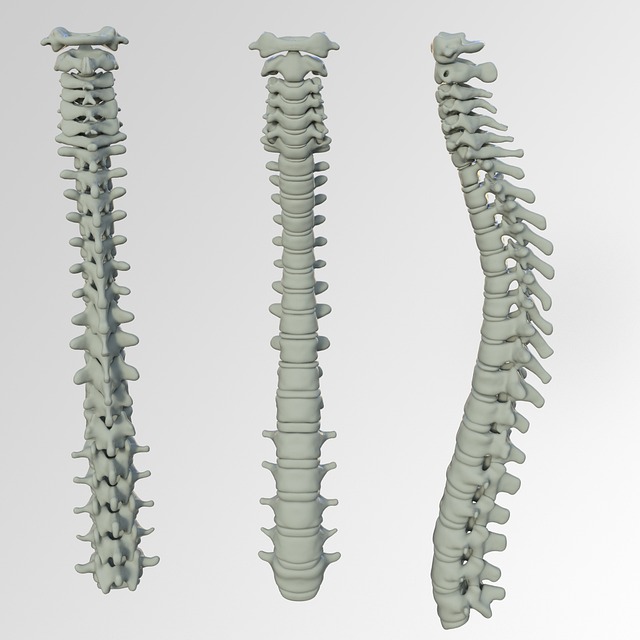Osteoporosis is a common but often overlooked medical condition that weakens bones and increases the risk of fractures, especially in older adults. Known as the "silent disease," osteoporosis often progresses without noticeable symptoms until a fracture occurs. This article aims to shed light on what osteoporosis is, its risk factors, prevention, and management strategies.
Understanding Osteoporosis
Osteoporosis, a Greek word meaning "porous bones," is a condition characterized by the gradual loss of bone density and strength. As bones become less dense and more porous, they become fragile and prone to fractures, even from minor bumps or falls. Osteoporosis primarily affects the spine, hips, and wrists and is a significant public health concern worldwide.
Risk Factors
Several factors can increase the risk of developing osteoporosis:
- Age: Bone density tends to decrease with age, making older adults more susceptible to osteoporosis.
- Gender: Women are at a higher risk than men, particularly after menopause when estrogen levels decline. This hormone plays a crucial role in maintaining bone density.
- Family History: A family history of osteoporosis or fractures may increase your risk.
- Low Body Weight: People with a low body mass index (BMI) may have less bone mass to draw from as they age.
- Dietary Choices: A diet lacking in calcium and vitamin D can contribute to weaker bones.
- Lifestyle Factors: Smoking, excessive alcohol consumption, and a sedentary lifestyle can all negatively impact bone health.
- Certain Medications: Long-term use of corticosteroids, thyroid medications, or certain cancer treatments can affect bone density.
Prevention and Management
- Diet and Nutrition: A well-balanced diet rich in calcium and vitamin D is essential for bone health. Dairy products, leafy greens, nuts, and fortified foods can help meet these nutritional needs.
- Regular Exercise: Weight-bearing exercises such as walking, dancing, and resistance training can strengthen bones and improve overall balance.
- Quit Smoking and Alcohol: Smoking and excessive alcohol consumption can harm bone health. Quitting smoking and alcohol intake are recommended.
- Medications: In some cases, healthcare providers may prescribe medications to slow bone loss or increase bone density.
- Bone Density Testing: Regular bone density testing, such as dual-energy X-ray absorptiometry (DXA), can assess your bone health and guide treatment decisions.
- Fall Prevention: Reducing the risk of falls is crucial, especially for older adults. Simple measures like improving lighting at home, removing tripping hazards, and using assistive devices can help.
- Calcium and Vitamin D Supplements: If dietary intake is insufficient, supplements may be recommended to meet calcium and vitamin D requirements.
Conclusion
Osteoporosis is a stealthy condition that can have serious consequences if left unchecked. While it is more common in older adults, it is never too early to take steps to protect your bone health. By adopting a bone-healthy lifestyle that includes a balanced diet, regular exercise, and avoiding harmful habits like smoking and excessive alcohol consumption, you can reduce your risk of developing osteoporosis.
If you have concerns about your bone health or are at risk due to family history or medication use, consult with a healthcare provider. Early detection, prevention, and appropriate management can help you maintain strong and healthy bones throughout your life, allowing you to enjoy an active and fulfilling lifestyle without the fear of fractures or debilitating bone conditions.
